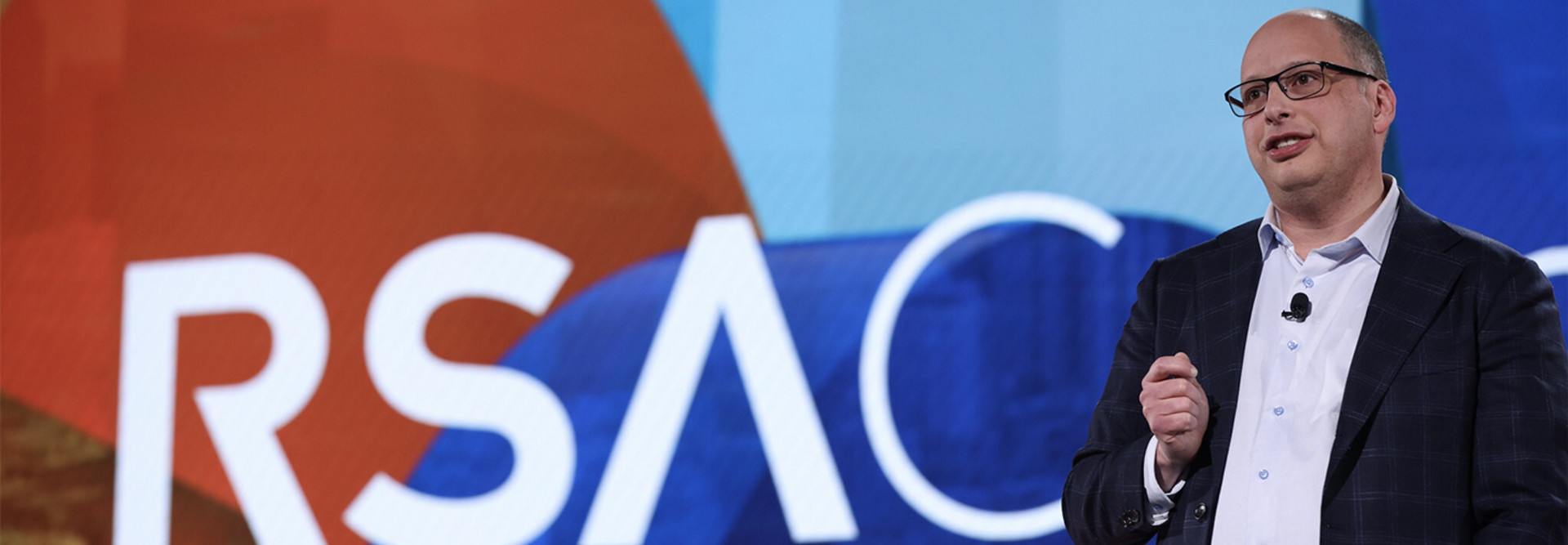How Federal Law Enforcement Help Businesses In a Cyberattack
They also talked about the role that federal law enforcement plays when it comes to combating cybercrime. While it is best known for protecting presidents and other dignitaries, the Secret Service was founded in the 19th century to combat counterfeiting and was part of the U.S. Treasury Department until 2003. That’s when a post-9/11 government reorganization created the Department of Homeland Security, under which the Secret Service now resides.
The Secret Service does not engage in cyberdefense, O’Neill said, but rather investigates cybercrimes and tries to recover stolen funds.
In the midst of an attack, O’Neill said, it’s a common mistake for businesses to wait too long to contact federal law enforcement, fearing federal law enforcement will take an interest in regulation noncompliance or other missteps that led to the breach.
DIVE DEEPER: How the cybersecurity industry responds to the growing ‘identity crisis’.
That’s not true. “We’re not interested in double-victimizing the victim,” he said. “We’re not going to come in and say, ‘Oh you’re not PCI-compliant.’ Our interest is in helping you, going after the bad guys and taking their ill-gotten gains.”
Delay also often means that the bad guys get away with the loot. While businesses are busy trying to figure who in the organization was responsible for the breach instead of alerting authorities that it happened, criminals are moving the money around and slinking out of sight. After about 72 hours, the government’s recovery rate for stolen funds is about 1 percent, he said, but if they’re alerted within 24 hours or even earlier, they can often recover substantially more.
The hours after an attack is detected “are the Super Bowl of finger-pointing,” he said. “But if you wait until you’ve made that determination to make that contact, a lot of times, the money is long gone.”














